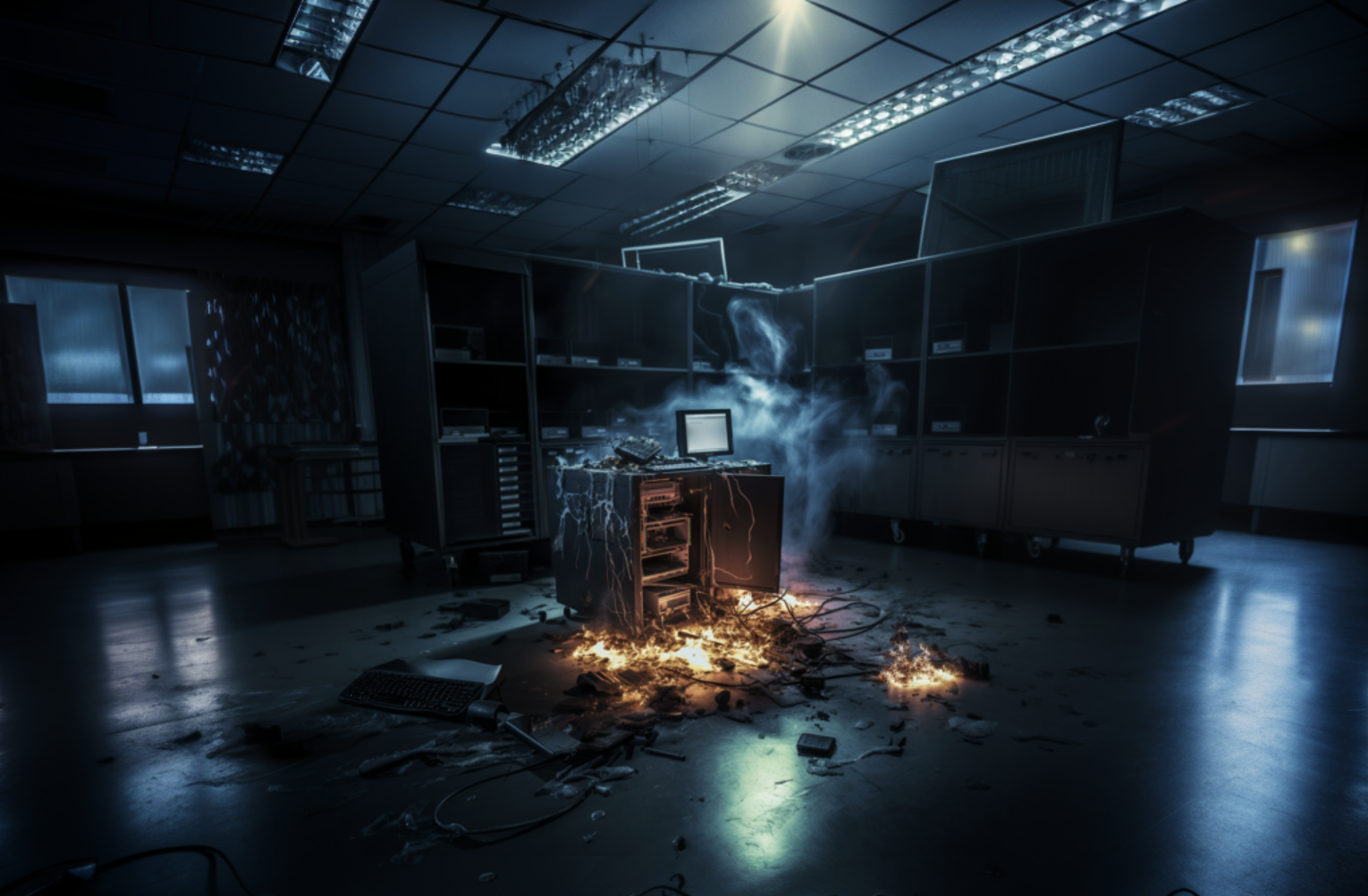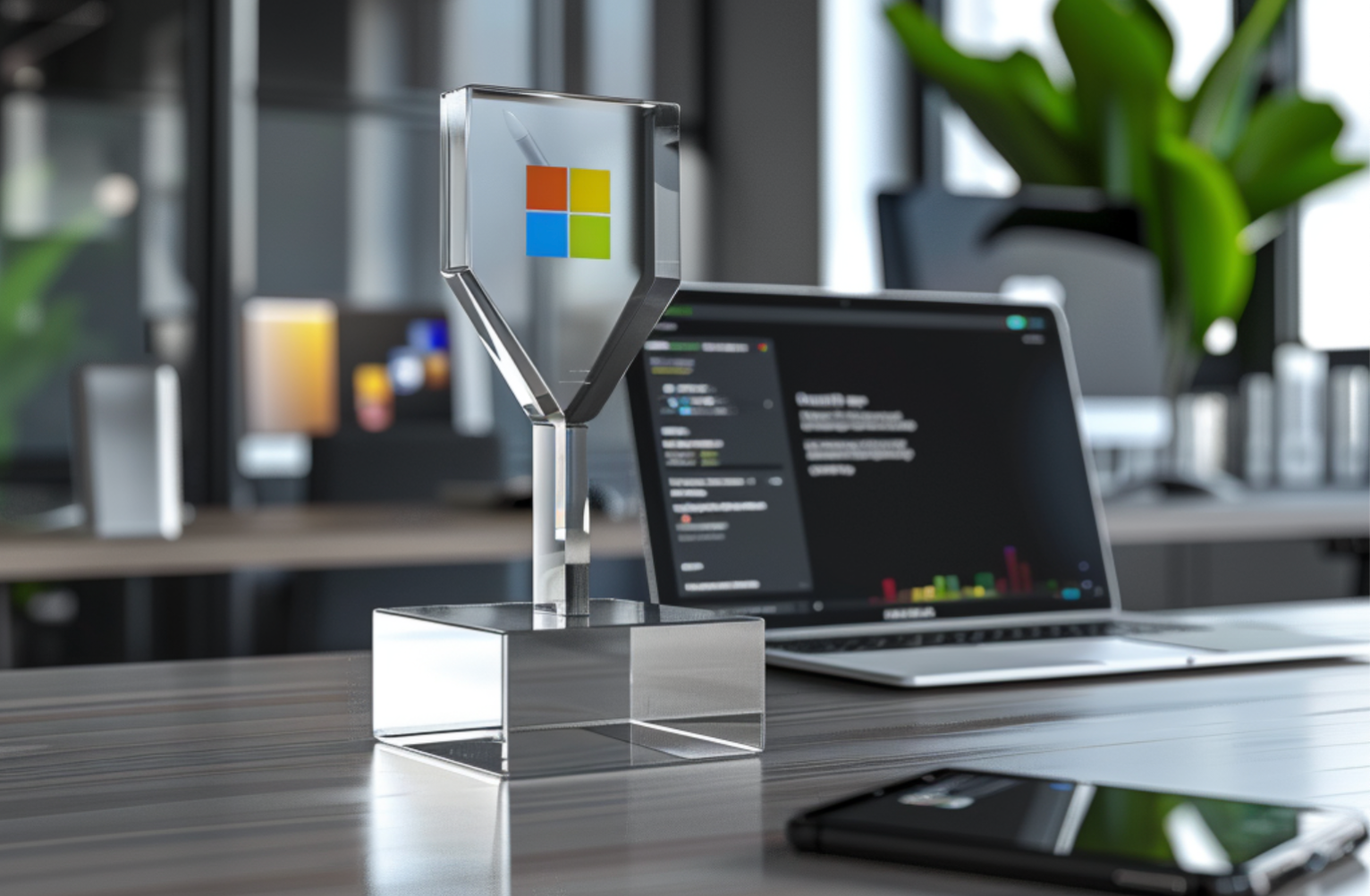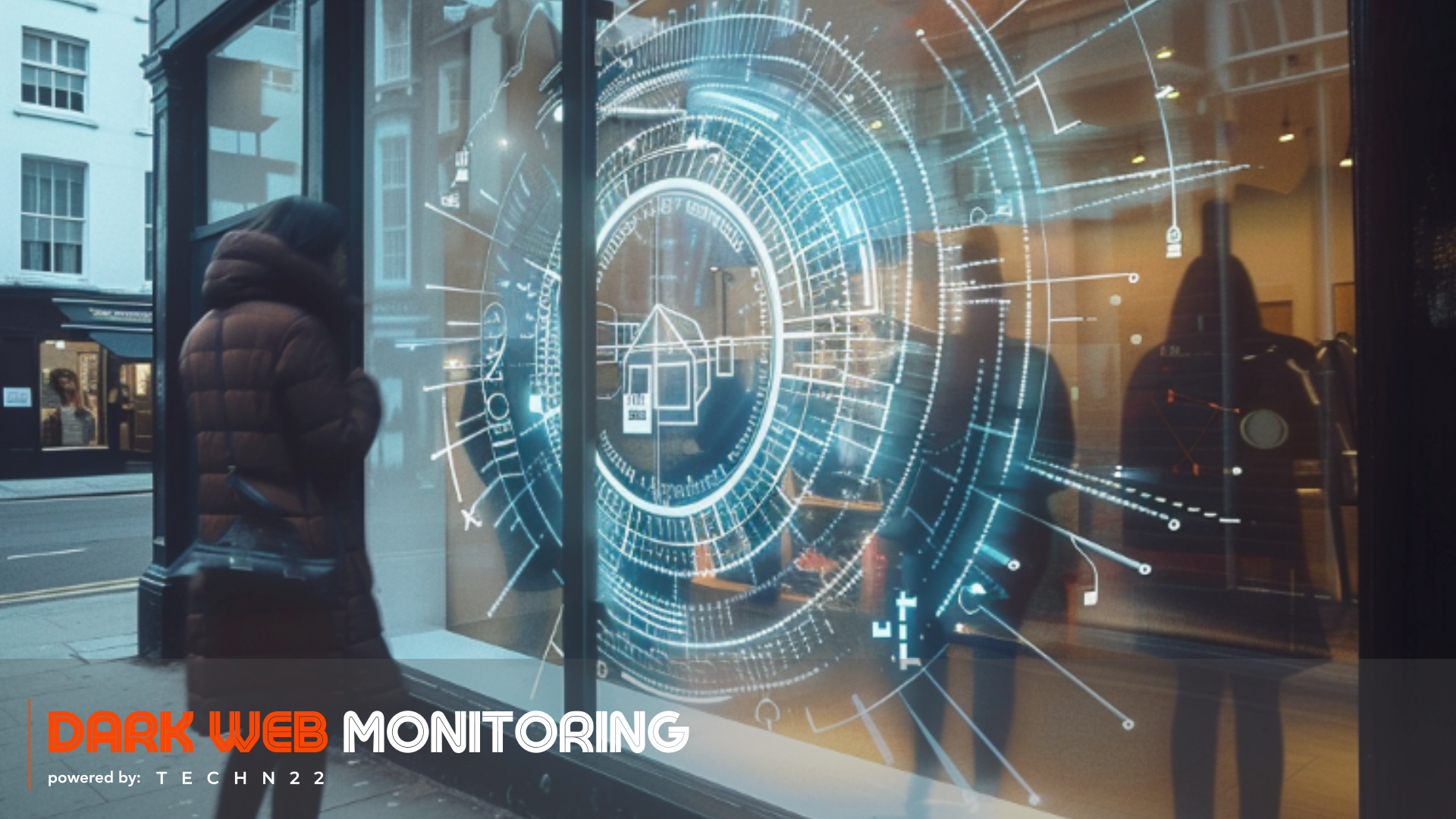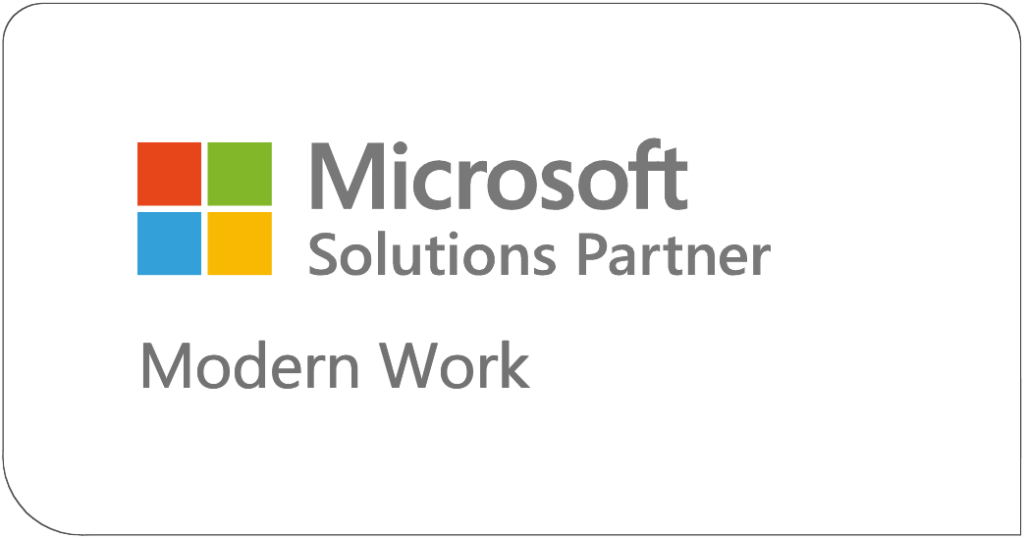As we approach the end of an era, addressing the imminent end of support for Windows Server 2012 and 2012 R2 is crucial. These old server operating systems have served us well, but their time in the limelight is coming to a close.
Let’s dive into why this matters and what risks you need to be aware of:
1. Ransomware Vulnerability: The Achilles’ Heel
Outdated systems are like unlocked doors in a fortress. Cybercriminals love them and will exploit them, immediately. Windows Server 2012 R2, without security updates, becomes an easy target for ransomware attacks. Imagine your critical data held hostage—don’t let it happen!
2. Susceptibility to Viruses and Malware: The Silent Intruders
Picture outdated software as an old, creaky door in your digital fortress. It’s seen better days, and its lock mechanism is somewhat rusty. Cybercriminals WILL exploit these vulnerabilities. Unpatched servers become their playground—malware slips in, viruses multiply. Your data integrity and by extension, your whole business and reputation hangs by a thread.
3. Business Disruption: The Domino Effect
Your server infrastructure is a delicate ecosystem. One weak link can trigger a chain reaction of chaos. Outdated servers jeopardise business continuity, disrupt services, and impact productivity. It’s like pulling out the bottom card from a house of cards—everything wobbles and can come crashing down around you.
4. Compliance and Legal Risks: Crossing the Line
Regulatory compliance is non-negotiable. Unsupported systems may violate industry standards or legal requirements. Imagine the fallout from a data breach due to non-compliance—it’s not just financial penalties; it’s reputational damage.
5. Security Gaps: A Playground for Threat Actors
Hackers thrive on vulnerabilities. Unpatched servers provide playgrounds for them to exploit weaknesses. Whether it’s unauthorised access, data leaks, or privilege escalation, outdated systems are an open invitation.
6. Performance Bottlenecks: Running on Fumes
As technology advances, so do performance expectations. Windows Server 2012 R2 lacks modern features and optimisations found in newer versions. It’s akin to a vault with no lock.
What Can You Do?
- Upgrade: Migrate to Windows Server 2019 or Windows Server 2022 for continued support and enhanced security.
- Patch Regularly: Keep your servers up-to-date with security updates.
- Evaluate Dependencies: Identify applications relying on 2012 R2 and plan their migration.
- Backup Strategically: Ensure robust backups to mitigate risks.
- Educate Stakeholders: Communicate the urgency of upgrading—everyone’s in this together.
If you’re feeling overwhelmed or need expert guidance on updating or migrating to new servers with enhanced security, reach out to Techn22. Our managed services ensure you are up to date and you have all the information at your fingertips to make informed decisions about your IT infrastructure.
Remember, the end of support isn’t a cliff—it’s a crossroads.






